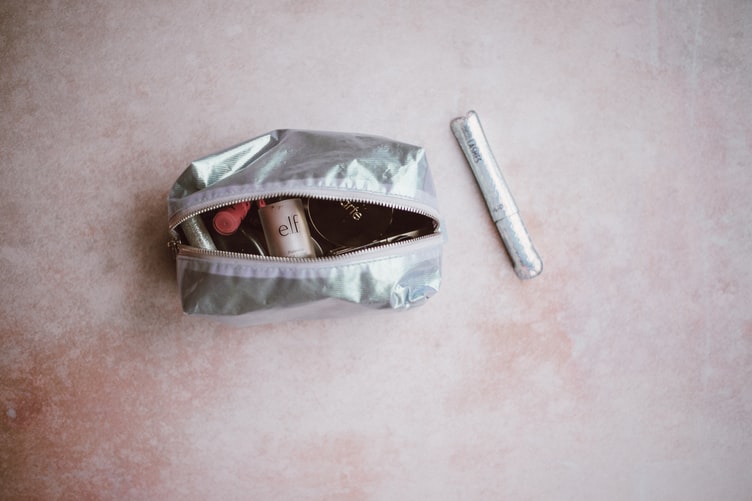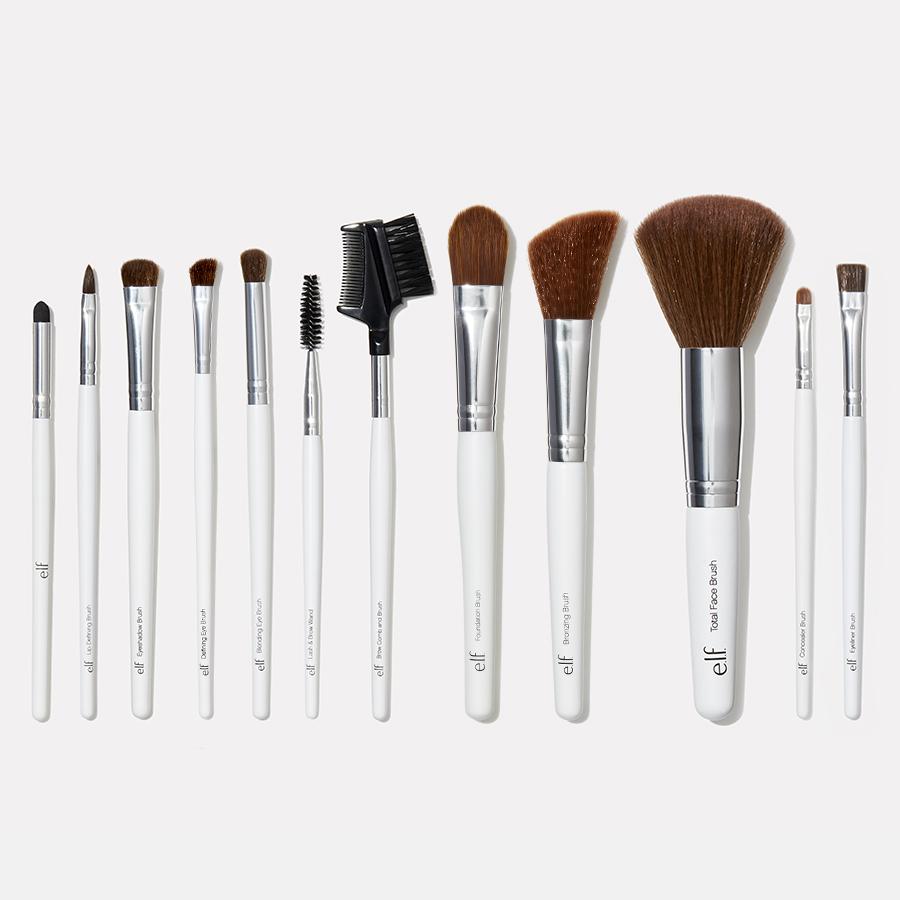Nine out of ten cosmetics and makeup products are contaminated with potentially deadly microbes, including staphylococcus aureus and Escherichia coli. This conclusion was reached by physicians from Aston University in Birmingham after analyzing the contents of several hundred cosmetic bags.

The authors of the study found that the vast majority of those who use cosmetics never wash brushes and sponges for applying makeup and almost completely ignore the information about the expiration date of the product.
As a result, millions of bacteria accumulate in cosmetic bags, which can cause a number of diseases when applied to the face, especially near the eyes, mouth, or on damaged skin. These diseases range from skin infections to blood poisoning. Particularly at risk are the people with weakened immune systems. Scientists examined under the microscope five types of makeup: lipstick (96 pieces), lip gloss (107), eyeliner pencils (92), mascara (93) and sponges for applying makeup (79).
It was the sponges (beauty blenders), even relatively new ones, that turned out to be the worst containers of bacteria. The concentration of harmful microbes there amounted to more than a million bacteria per milliliter. In all other cosmetic items, the indicators were three to four times lower. A survey of the owners of cosmetic bags revealed that 93% of sponges have never been washed or cleaned, while two-thirds of them sometimes fell to the floor during use.
Researchers note that sponges represent ideal conditions for the reproduction of bacteria because they preserve moisture and nutrients after use. Cosmetics users put themselves at risk of infection never suspecting this fact.

According to the scientists, the manufacturers of decorative cosmetics should give more detailed instructions concerning their products and more clearly indicate the expiration dates on the packaging. At the same time, US legislation, for example, does not oblige makeup manufacturers to indicate expiration dates on their products. European hygiene standards in this area are more stringent. For example, E. coli cannot be present in decorative cosmetics in any case.
However, microbes get there during use and begin to multiply actively: the researchers found staphylococci, E. Coli, other enterobacteria and fungi in most (70–90%) of the studied cosmetic products in concentrations from several hundred to several thousand bacteria per milliliter.
In conclusion, the authors of the study note that although cosmetic products do not deteriorate like food and preserve their decorative properties, storing and using them for too long means exposing oneself to unnecessary risk. At the same time, another study conducted in Brazil in 2013 revealed that almost 98% of female students admitted using cosmetics after the expiration date.










